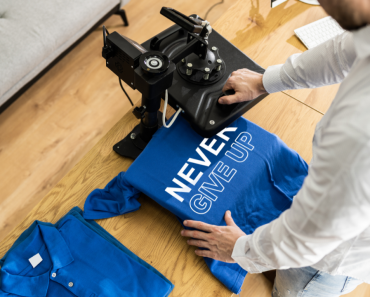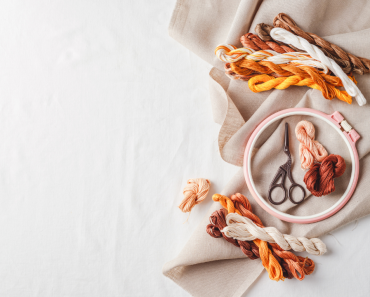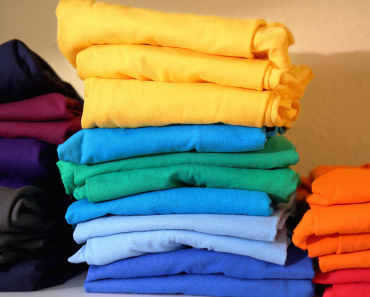Screen printing can be done with a variety of tools and methods, but you’ll need a few basic ones to produce many designs. Screen-printing is the process of creating images by transferring ink through a stencilled, mesh screen onto a substrate. The method is also known as silkscreen or serigraphy. The ink is then transferred from the screen to the substrate using a squeegee (or blade) and a reverse stroke, which wet the substrate along a line of contact in order to fill open areas of the stencil. When creating a multi-coloured design or image, each colour must be printed separately on numerous screens; otherwise, colours will mix together and become muddy. Only one screen is required if you’re creating a single-colour design.
Screen printing, like other forms of printing, is an art form that takes practice and technical expertise to master. Screen-printing, like any other type of artwork, requires time to master the proper tools. Though screen-printing equipment varies depending on budget and space available to work in, there are a few basic things every artist should have:
Silkscreen With a 110 Mesh Count on White Paper
Silkscreens come in a variety of sizes and mesh counts, with screens having a 110 to 160 mesh count proving to be the most versatile. Screens are typically sized at 20×24 inches OD and 23×31 inches OD. For heavy coverage on dark fabrics, puff, metallic, solid under base prints, certain shimmer inks, and for particular transfer printing using high opacity inks on dark textiles, use a 110 mesh count that is particularly good for high opacity inks on dark textiles.
Squeegee for Screen Printing
The most basic tool for screen printing, you utilize a squeegee to smooth out your silkscreen ink by moving it across it. While there are automated systems that can do this, many businesses prefer hand ink presses since they are more efficient and faster for small runs.
Squeegees are chosen based on the type of inks being used, the mesh count, and the final design. They also come in a variety of durometers, with 60, 70, and 80 being the most common. A 60 hardness squeegee blade prints more ink than an 80 hardness one because it is softer. On dark fabrics, a 60-durometer squeegee produces the best results. A 70-durometer squeegee is most often utilized and works well on white or light-coloured materials. An 80-durometer squeegee is the toughest of the three and should be used with higher mesh counts, fine details, or halftones.
Plastisol Ink
The most prevalent screen-printing ink, plastisol ink, has excellent colour opacity on dark materials. This ki
nd of ink produces clearer lines and a rubbery feel. You may also soften plastisol ink or add several layers to make the final ink product heavier by adding certain chemicals to it. Plastisol inks need heat (approximately 150 °C (300 °F)) to cure the screen-printed design.
Photo Emulsion
When making a stencil, film-exposing materials are used. You spread a thin layer of light-sensitive emulsion over the screen and then leave it in the dark to dry. Then, take a blackened image on a translucent surface and place it against the screen. The emulsion will solidify wherever the light hits it; however, the design or blackened regions should avoid blocking light. The surfaces that have been blocked will not harden, and you may wash them clean once they’ve been exposed. This method allows you to improve the precision of designs, allowing for greater production rates.
Transparency Paper
Transparency paper is a translucent, flexible material on which you may draw designs or pictures and then project them onto a screen coated with photo emulsion by exposing it to light. Convert your design into a black and white picture to make a design with transparency paper. Images that are already in black and white or have grey scales will not be as effective. You can also utilize Adobe or other image software to modify your creation before transferring it to paper.
Screen Printing Press
There are several different types of screen printing available, ranging from single-colour to four-colour presses. Jiffy hinges may be used on single-colour prints, while multiple screens are required for multi-colour prints.
Aluminium Scoop Coater
A scoop coater is a trough-shaped tool that applies liquid emulsions directly to the screen. It’s a trough-shaped device with a smooth layer of emulsion applied to your screen via the screen frame. With both hands, hold the scoop coater about an inch above the bottom of the inside of the screen frame and place it on the sharp edge roughly an inch above the bottom.



